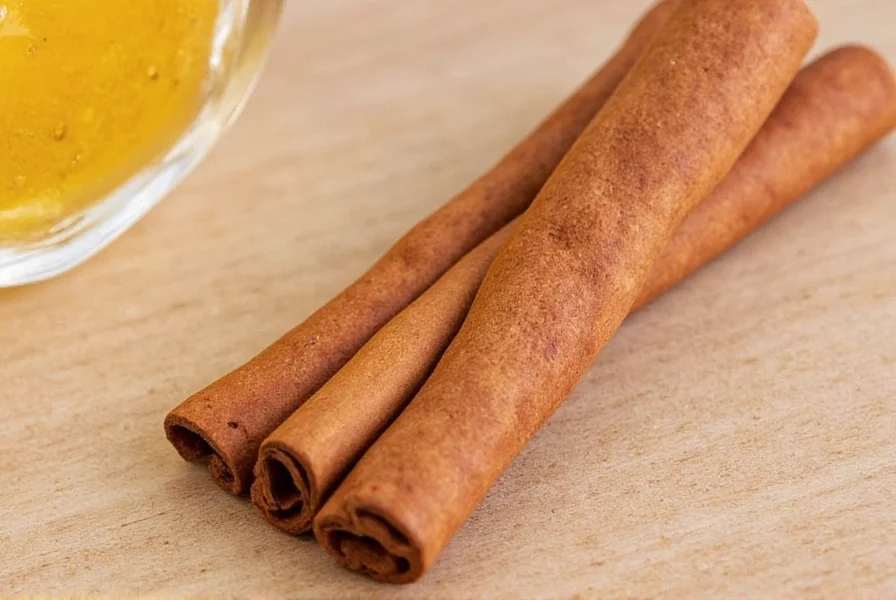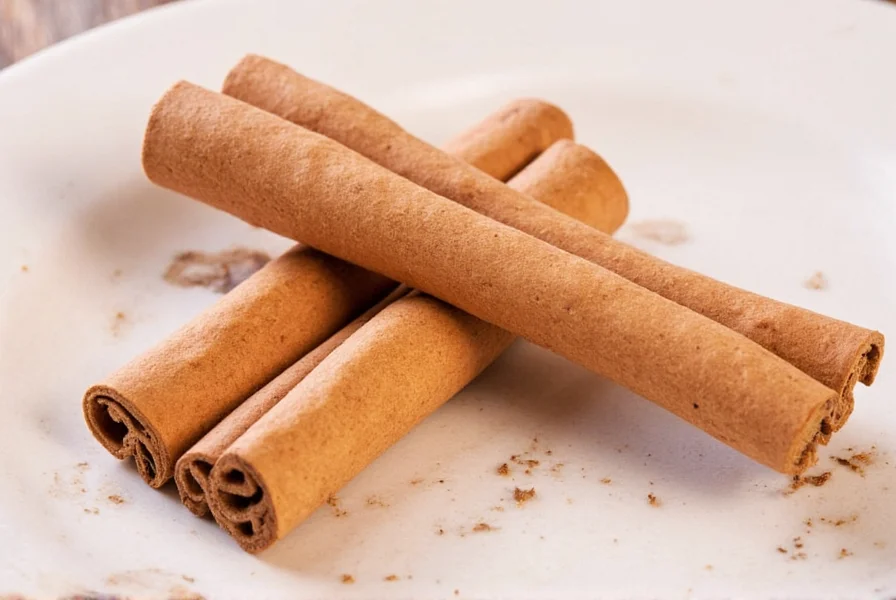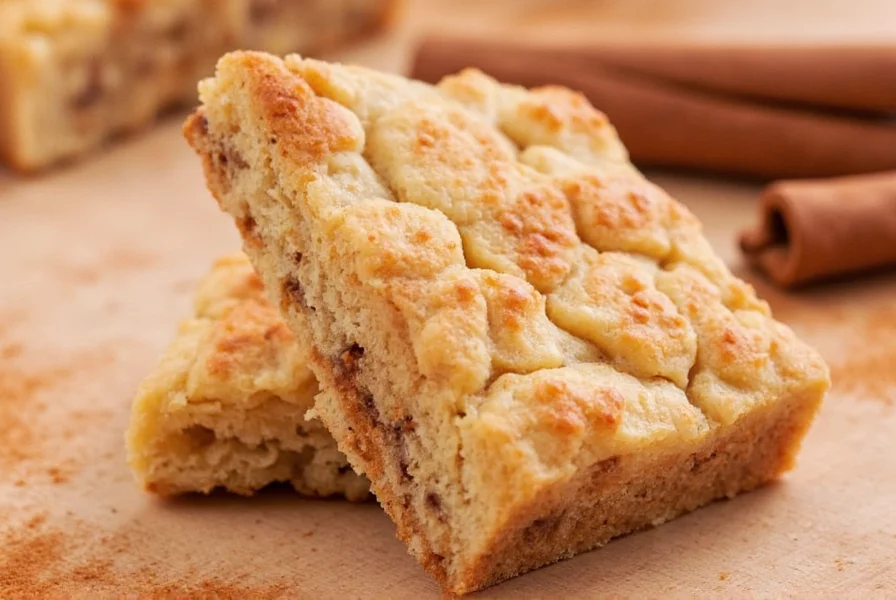For home cooks and professional chefs alike, the butter cinnamon combination represents one of the most beloved flavor pairings in culinary tradition. This dynamic duo works because butter's rich, creamy fat content perfectly carries cinnamon's warm, sweet-spicy notes, creating a balanced flavor profile that enhances both sweet and savory applications.
The Science Behind Butter Cinnamon Pairing
Cinnamon contains cinnamaldehyde, the compound responsible for its distinctive flavor and aroma. When combined with butter, these flavor compounds dissolve in the fat molecules, allowing for more even distribution and enhanced perception of flavor. The melting point of butter (around 98°F/37°C) also means it releases these flavors gradually as it melts in your mouth, creating a longer-lasting taste experience.
Professional food scientists note that the fat content in butter helps mellow cinnamon's natural bitterness while amplifying its sweeter notes. This chemical interaction explains why cinnamon butter spread tastes significantly different—and often more complex—than simply sprinkling cinnamon on dry toast.
Essential Butter Cinnamon Applications
Understanding where and how to use butter cinnamon effectively separates novice cooks from experienced ones. Here are the primary applications:
| Application Type | Best Ratio (Butter:Cinnamon) | Recommended Additions |
|---|---|---|
| Breakfast toast | 4:1 | Sugar, pinch of salt |
| Pancakes/waffles | 3:1 | Honey, vanilla extract |
| Baking swirls | 5:1 | Brown sugar, nutmeg |
| Savory applications | 8:1 | Garlic powder, herbs |
Perfecting Your Homemade Cinnamon Butter
Creating exceptional homemade cinnamon butter requires attention to detail. Start with high-quality unsalted butter at room temperature—this ensures even mixing without overworking the butter. European-style butter with higher fat content (82-86%) works particularly well as it contains less water that could make your mixture greasy.
For optimal flavor development, use freshly ground cinnamon rather than pre-ground powder. Ceylon cinnamon offers a more delicate, complex flavor, while Cassia provides a stronger, spicier profile preferred in many American recipes. The ideal ratio for most applications is 1 cup softened butter to 2-3 tablespoons of cinnamon, adjusted to personal preference.

Creative Butter Cinnamon Variations
While classic cinnamon butter remains popular, these variations elevate the basic recipe:
- Bourbon cinnamon butter—Add 1-2 tablespoons of bourbon to 1 cup of cinnamon butter for depth and complexity
- Honey cinnamon compound butter—Replace half the sugar with honey for floral notes that complement cinnamon
- Spiced maple cinnamon butter—Use pure maple syrup instead of sugar for autumnal flavor profiles
- Savory herb cinnamon butter—For roasted vegetables, use minimal cinnamon (1/4 tsp per cup of butter) with rosemary and garlic
Storage and Shelf Life Guidelines
Proper storage maintains the quality of your cinnamon butter preparation. When stored in an airtight container:
- Refrigerated: Lasts 2-3 weeks
- Freezer: Maintains quality for 3-4 months when properly wrapped
- Room temperature: Safe for 24-48 hours for immediate use
For convenient portioning, roll your cinnamon butter mixture into a log using parchment paper, then slice into discs as needed. This cinnamon butter storage technique makes it easy to add precise amounts to recipes or serve individual portions.
Common Butter Cinnamon Mistakes to Avoid
Even experienced cooks sometimes make these errors with butter cinnamon preparations:
- Using melted butter—This creates greasy separation rather than a smooth emulsion
- Adding cinnamon to cold butter—Results in uneven distribution and grainy texture
- Overmixing—Causes the butter to become too soft and lose structure
- Using old cinnamon—Ground cinnamon loses potency after 6 months; fresh spice makes a noticeable difference

Butter Cinnamon in Global Cuisine
While often associated with American baking, the butter cinnamon combination appears in culinary traditions worldwide:
- Swedish—Used in kanelbulle (cinnamon buns) with cardamom
- Mexican—In churros with a cinnamon-sugar coating over fried dough
- Lebanese—In mana'eesh (flatbread) with cinnamon butter topping
- French—In pain perdu (French toast) with cinnamon butter sauce
Understanding these cultural applications helps create more authentic cinnamon butter recipes that honor traditional preparation methods while adapting to modern kitchens.
Frequently Asked Questions
Can I use salted butter for cinnamon butter?
Yes, but reduce added salt accordingly. Unsalted butter is preferred as it gives you complete control over seasoning. If using salted butter, omit additional salt and taste before serving.
Why does my cinnamon butter taste bitter?
Bitterness usually comes from using too much cinnamon or old, degraded cinnamon. Cassia cinnamon naturally has more bitterness than Ceylon. Try reducing cinnamon by 25% or using fresher spice. Adding a small amount of acid like lemon juice can also balance bitterness.
How do I fix grainy cinnamon butter?
Graininess occurs when cinnamon isn't fully incorporated. Ensure your butter is properly softened (65-70°F), use fine-ground cinnamon, and mix thoroughly. If already grainy, gently melt the mixture over low heat, then cool and re-whip until smooth.
What's the best cinnamon for butter cinnamon recipes?
Ceylon cinnamon offers a more delicate, complex flavor ideal for subtle applications, while Cassia provides a stronger, spicier profile perfect for American-style cinnamon rolls. For most baking, Cassia works well; for more refined applications, Ceylon is preferable. Freshness matters more than type—use cinnamon purchased within the last 6 months.











 浙公网安备
33010002000092号
浙公网安备
33010002000092号 浙B2-20120091-4
浙B2-20120091-4